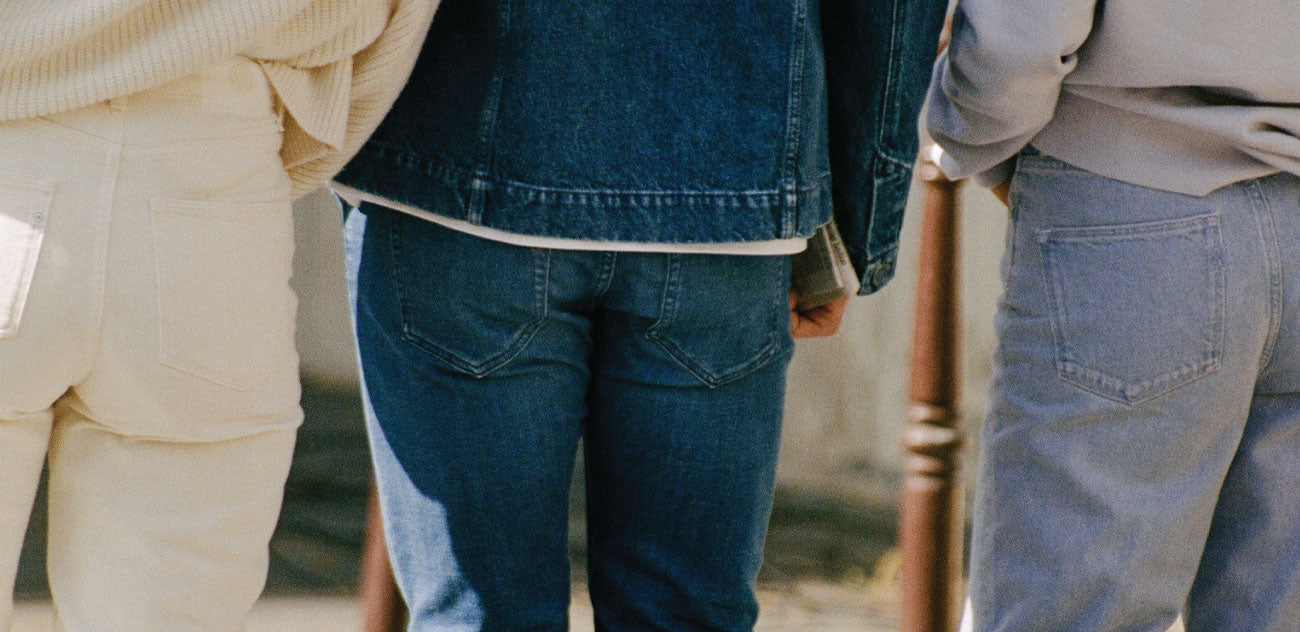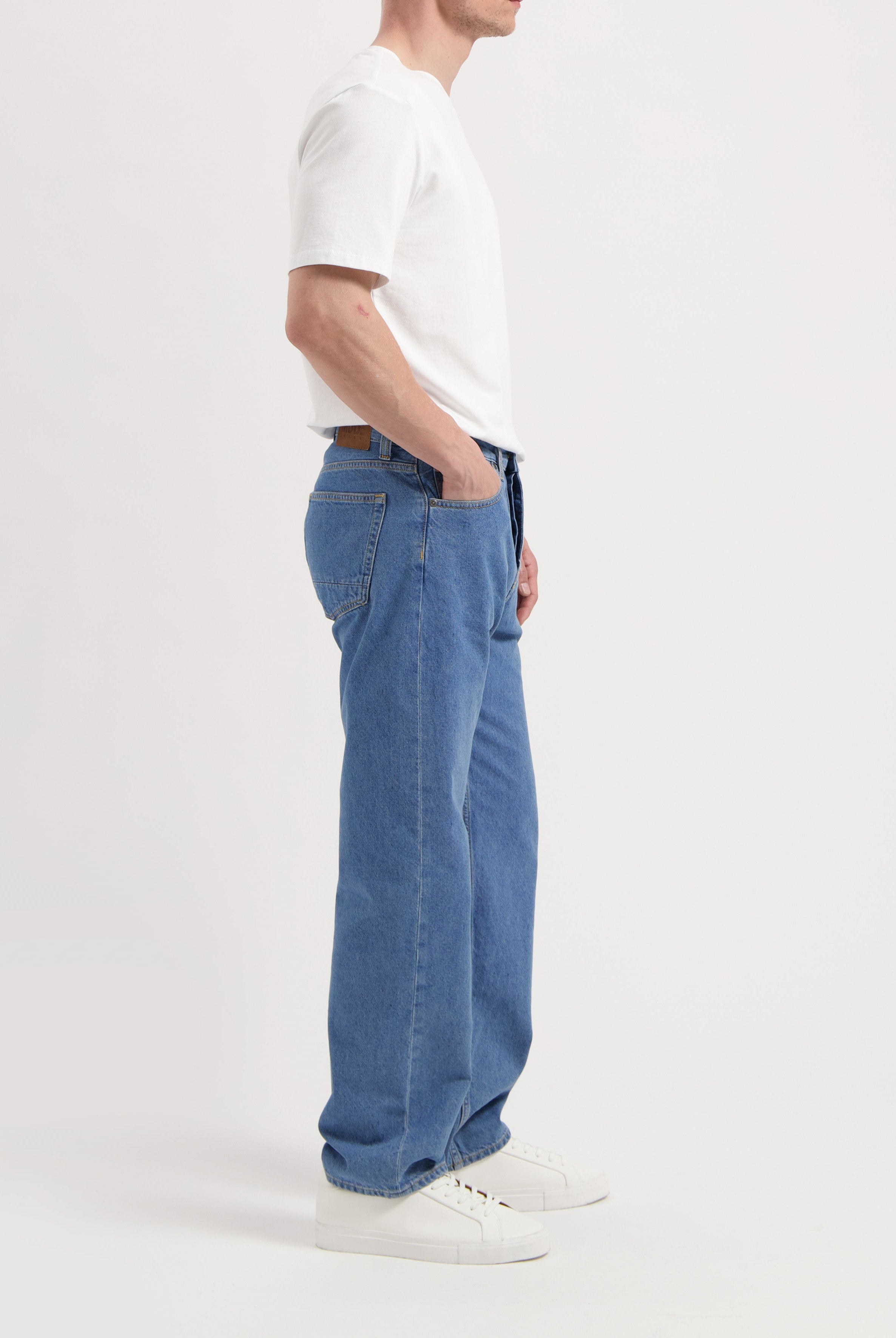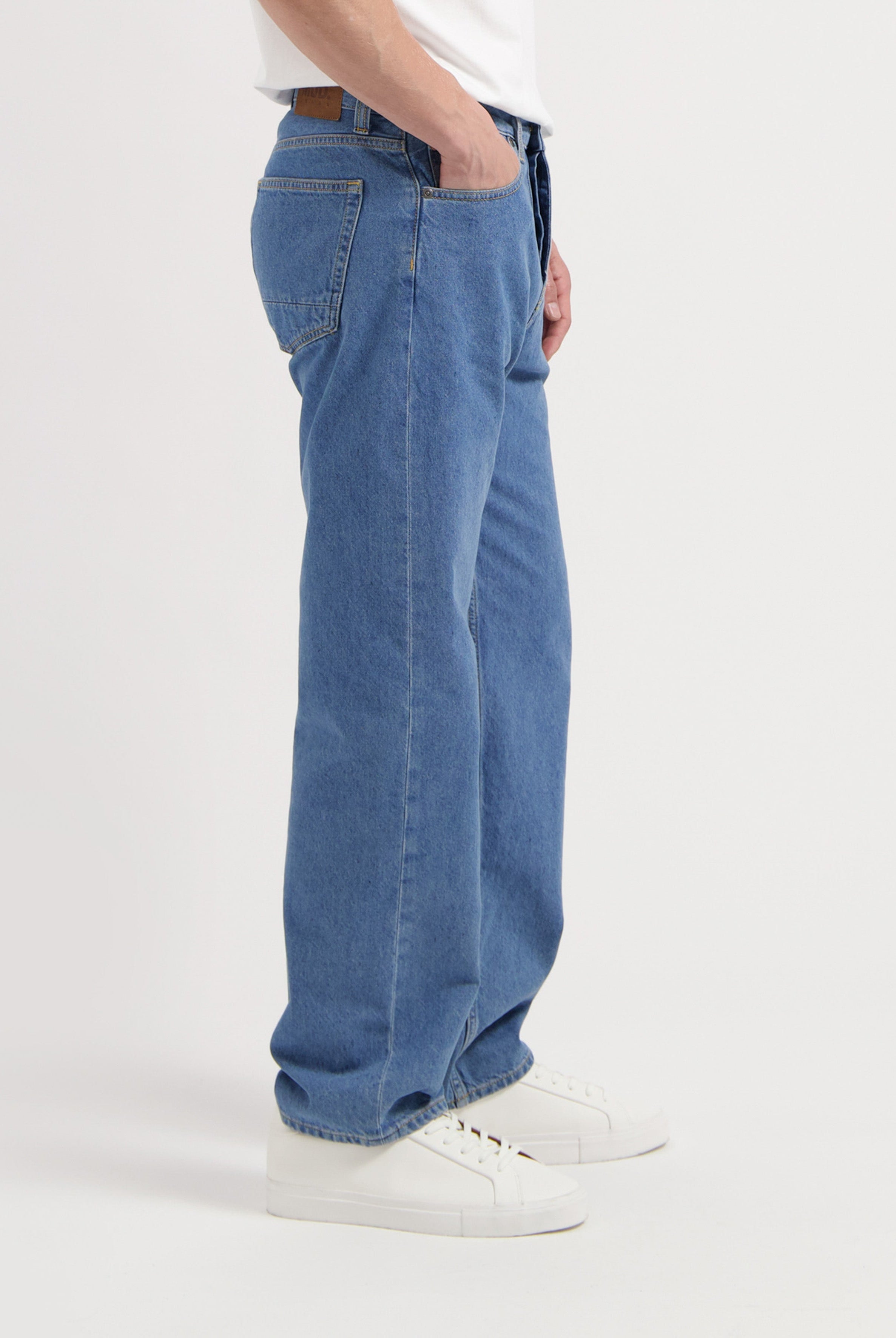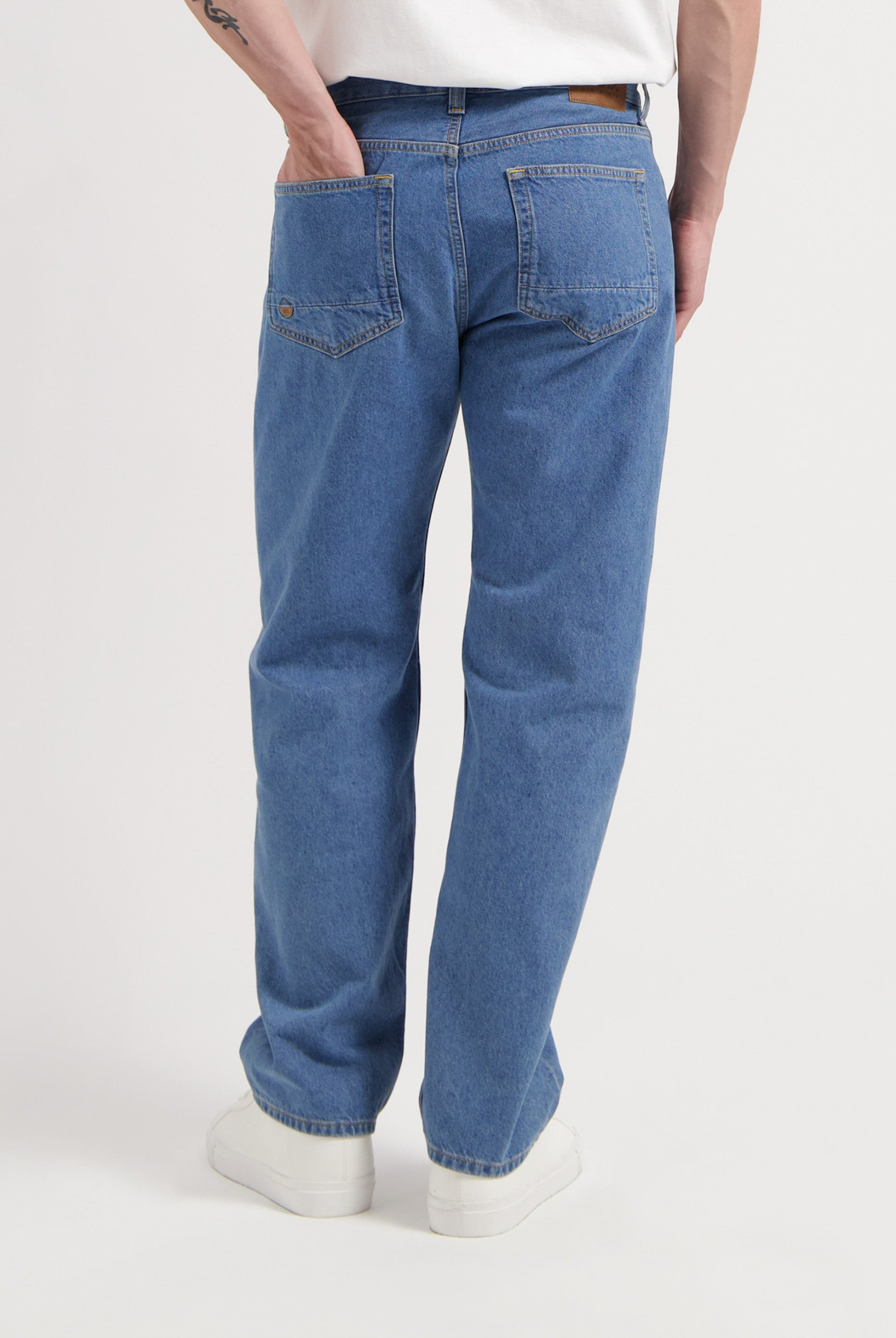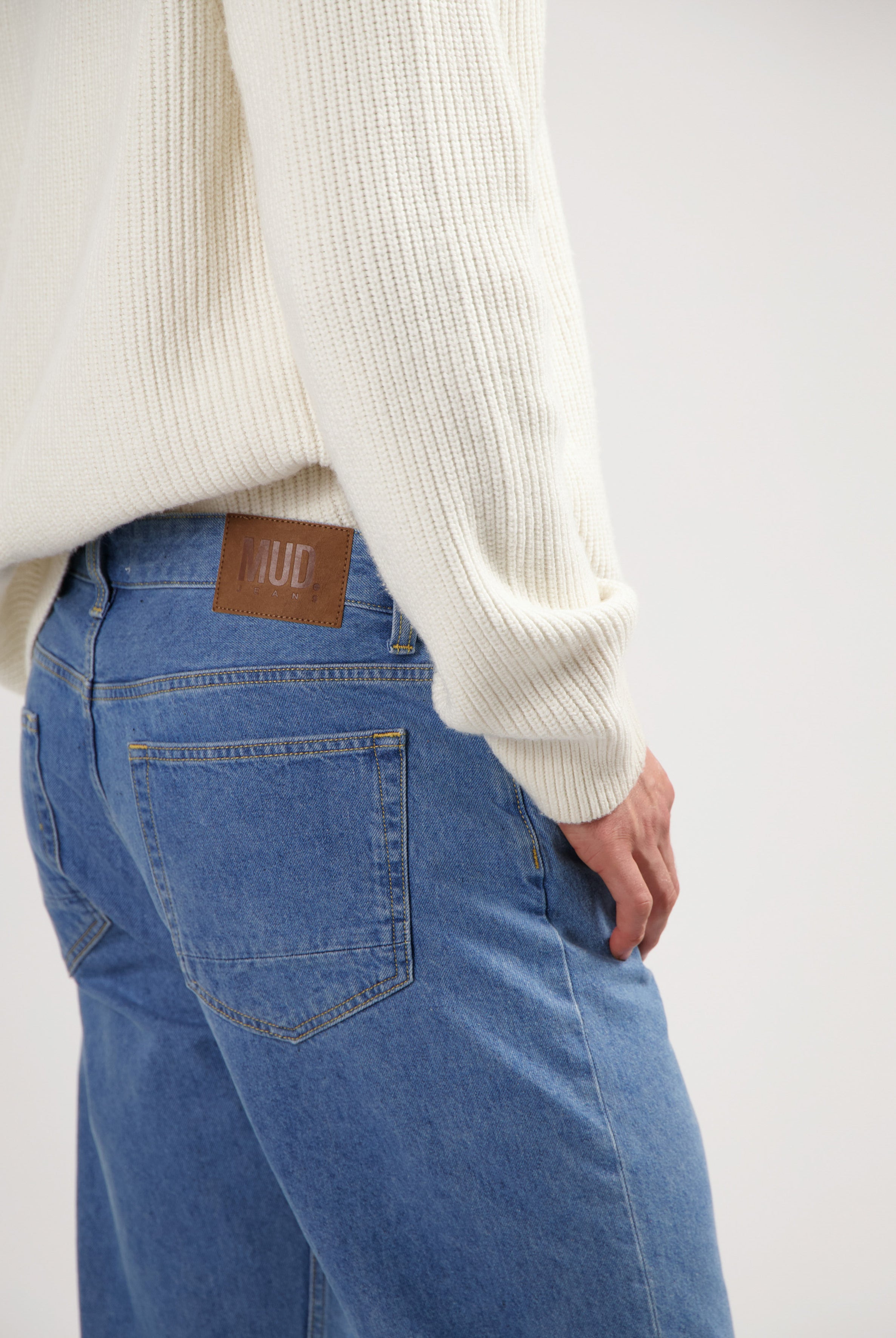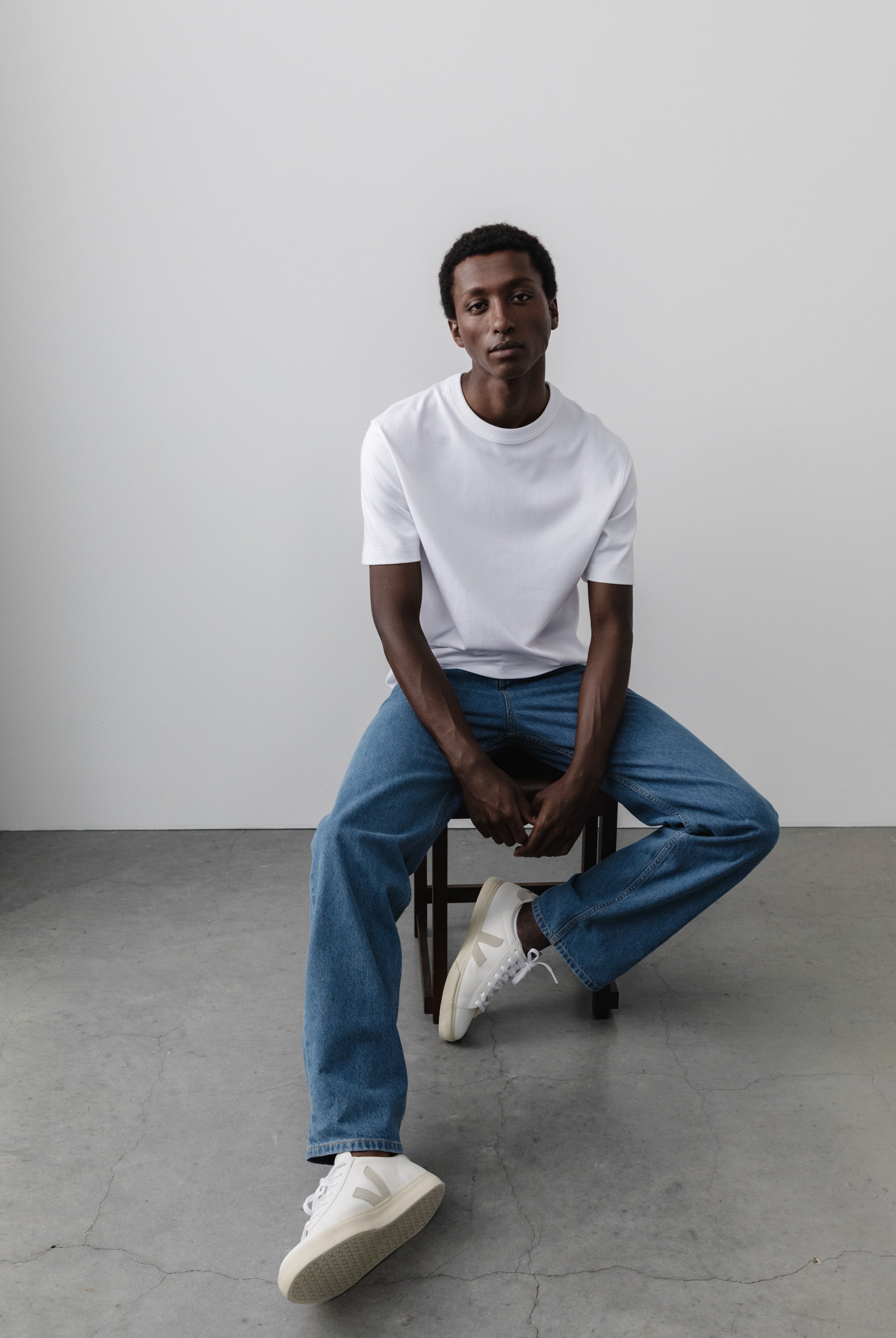Tegenwoordig richt de mode-industrie zich steeds meer op duurzaamheid. Dit geldt ook voor de keuze van materialen. Denk aan innovatieve natuurlijke vezels en gerecyclede materialen die niet alleen stijlvol zijn, maar ook beter voor de planeet. Misschien ken je biologisch katoen en linnen al, maar er zijn nog veel meer duurzame materialen die in kleding gebruikt kunnen worden. Benieuwd? Ontdek in dit artikel 23 duurzame modematerialen.
Wat zijn duurzame modematerialen?
Duurzame modematerialen zijn stoffen en vezels die zijn ontworpen om hun impact op het milieu te verminderen. Ze zijn vaak biologisch afbreekbaar, hernieuwbaar en hebben een lagere ecologische voetafdruk. Daarnaast worden ze meestal geproduceerd met minder water, minder energie en minder chemicaliën. Voorbeelden van duurzame materialen zijn biologisch katoen en linnen.
Lees meer: Duurzame en Ethische Mode – Een Gids
Waarom kiezen voor duurzame materialen in de mode?
Je vraagt je misschien af wat het voordeel is van duurzame materialen. Wij leggen het je uit. Duurzame materialen helpen vervuiling te verminderen, water te besparen en de uitstoot van broeikasgassen terug te dringen. Traditionele textielproductie is schadelijk voor het milieu, maar duurzame kledingalternatieven zoals biologisch katoen, gerecycled polyester en hennep maken de mode-industrie schoner.
Bovendien zijn duurzame materialen vaak van hogere kwaliteit en gaan ze langer mee. Dat betekent dat je je kleding minder vaak hoeft te vervangen én dat je bijdraagt aan een duurzame modewereld die minder draait om de wegwerpcultuur.
7 duurzame stoffen in de mode-industrie
Benieuwd welke duurzame materialen geschikt zijn voor de mode-industrie? Hier zijn zeven (traditionele) duurzame stoffen die je moet kennen.
1. Biologisch katoen
Biologisch katoen is licht en ademend, en daardoor een populaire keuze voor kleding. Het wordt geteeld zonder synthetische pesticiden en chemicaliën, wat het productieproces milieuvriendelijker maakt. De meest bekende keurmerken voor biologisch katoen zijn GOTS en OCS.
Goed om te weten: ons niet-gerecyclede katoen is OCS-gecertificeerd. MUD Jeans gebruikt geen katoen met giftige chemicaliën, pesticiden of genetisch gemodificeerde zaden.

2. Hennep
Hennep groeit snel, heeft weinig water nodig en is vaak vrij van pesticiden. Dat maakt het een zeer milieuvriendelijk gewas. Hennep houdt je koel in de zomer en warm in de winter. Bovendien is het een veelzijdig materiaal dat gebruikt wordt voor alles, van jeans tot T-shirts.
3. Linnen
Linnen is een natuurlijke vezel afkomstig van de vlasplant. Deze plant heeft weinig tot geen kunstmest, pesticiden of water nodig, waardoor het een duurzame keuze is. Linnen is ademend en neemt vocht goed op, wat het comfortabel maakt om te dragen in de zomer.
4. Gerecycled polyester (RPET)
Een beter alternatief voor synthetisch polyester is gerecycled polyester (RPET). Dit wordt gemaakt van plastic flessen en is geschikt voor sportkleding en fleece. Er zijn echter zorgen over giftige stoffen in PET-flessen, zoals BPA. Let daarom op keurmerken zoals CRS, RCS, OEKO-TEX en Bluesign® om zeker te weten dat je de juiste keuze maakt.
5. Tencel Lyocell
Op zoek naar iets bijzonders? Kijk eens naar Tencel Lyocell, een stof gemaakt van duurzaam gewonnen houtpulp. Het productieproces is een gesloten systeem, wat betekent dat afval en uitstoot tot een minimum worden beperkt. Volgens de producenten kan Tencel Lyocell 50 keer meer vocht opnemen dan katoen.

6. Bamboe
Wist je dat bamboe blijft groeien nadat het geoogst is? Bamboe groeit razendsnel terug, waardoor het een duurzame optie is voor kleding. Kies voor biologisch bamboe in ‘ruwe’ vorm om écht duurzaam te gaan.
7. Kurk
Kurk wordt gemaakt van de schors van kurkeiken zonder de boom zelf te beschadigen. Dit materiaal is licht, waterdicht en multifunctioneel. Je vindt kurk terug in accessoires zoals tassen, schoenen, sieraden en zelfs kleding.
16 nieuwe duurzame materialen in de mode-industrie
Nu je wat meer weet over de hierboven genoemde duurzame materialen, is het tijd voor baanbrekende materialen van de toekomst. Veel nieuwe, innovatieve en duurzame materialen veranderen de modewereld. We hebben er 16 voor je op een rij gezet – van ananas tot brandnetel.
8. Piñatex
Piñatex is een populaire veganistische vervanger van leer, omdat het wordt gemaakt van de vezels van ananasbladeren. Als een natuurlijk materiaal zonder dierenleed is Piñatex een duurzame en ethische keuze. Je vindt het terug in allerlei producten, waaronder schoenen, tassen en accessoires.
9. ECONYL®
Hoewel het milieu gebaat is bij het vermijden van synthetische materialen, zijn ze soms onmisbaar. Denk aan badkleding die elastisch en sneldrogend moet zijn. Een beter alternatief is ECONYL®. Dit materiaal wordt gemaakt van gerecycled nylonafval, zoals oude visnetten, en wordt geproduceerd in een gesloten systeem.
10. QMONOS™
Het klinkt als een materiaal uit de toekomst, maar QMONOS™ wordt vandaag de dag al gebruikt. Dit materiaal, gemaakt van spinnenzijde en microben, is sterk en flexibel. Men beweert dat QMONOS™ vijf keer sterker is dan staal, extreem duurzaam én volledig biologisch afbreekbaar.
11. Bananatex®
We hadden het al over ananas, maar je kunt ook mode maken van bananen. Bananatex® wordt gemaakt van de vezels van de Abaca-bananenplant. Het is duurzaam, waterdicht en licht van gewicht. Omdat er bij het proces geen chemicaliën worden gebruikt, is Bananatex® een milieuvriendelijke keuze voor leren tassen.

12. Deadstock
Textielafval is een groot probleem in de mode-industrie. Deadstock biedt een oplossing. Door deze materialen opnieuw te gebruiken, verminderen we afval en stimuleren we duurzaamheid. Omdat de stoffen niet opnieuw verwerkt hoeven te worden, wordt de ecologische voetafdruk kleiner en blijven waardevolle materialen uit de vuilnisbelt.
13. Modal
Modal is een stof gemaakt van beukenhoutpulp, bekend om zijn zachtheid, ademend vermogen en biologische afbreekbaarheid. Daarom wordt het vaak gebruikt voor ondergoed en loungewear. Kies je voor modal, let er dan op dat de stof klimaatneutraal geproduceerd is.
14. ECOVERO™
Een ander relatief nieuw duurzaam materiaal is ECOVERO™. Het wordt gemaakt van duurzaam hout en pulp en is een milieuvriendelijker alternatief voor synthetische viscose.
15. SCOBY-leer
Heb je wel eens gehoord van kombucha? De SCOBY (Symbiotic Culture of Bacteria and Yeast) die wordt gebruikt om de drank te maken, kan ook in de mode-industrie worden ingezet. Door de SCOBY te drogen, ontstaat een leerachtig materiaal dat perfect is voor schoenen, tassen en kleding.
16. S.Cafe®
S.Cafe® is een innovatieve stof gemaakt van gerecyclede koffieprut. Ja, je leest het goed. S.Cafe® heeft uitstekende eigenschappen zoals UV-bescherming en sneldrogend vermogen. Het enige nadeel: je kleding kan naar koffie ruiken.
17. Brewed Protein
Brewed Protein is een materiaal dat wordt gemaakt door fermentatie van plantaardige biomassa. Het veelzijdige materiaal heeft veel potentie voor een duurzame en flexibele mode-industrie. Brewed Protein kan worden gebruikt als alternatief voor zijde, kasjmier, fleece, denim en zelfs leer.
18. Apple leather
Naast ananas en banaan kan ook een andere fruitsoort worden gebruikt als duurzaam kledingmateriaal: de appel. Apple-leer wordt gemaakt van appelafval en is volledig biologisch afbreekbaar. Het wordt gebruikt voor handtassen, portemonnees en sneakers.
19. Woocoa
Combineer hennep, kokos en paddenstoelen en je krijgt Woocoa. Hoewel nog relatief onbekend, heeft Woocoa veel potentie als alternatief voor wol.
20. Cupro
Hou je van zijde, maar wil je een duurzamer alternatief? Dan is Cupro (of Cupra) iets voor jou. Cupro wordt gemaakt van katoenpluis, een bijproduct van katoen, en heeft een luxe, zijdeachtig gevoel.
21. QMilk
QMilk is een duurzaam materiaal dat zichzelf ‘het materiaal van de toekomst’ noemt. QMilk wordt gemaakt van caseïne, een eiwit dat in melk voorkomt. Het is 100% natuurlijk, zijdeachtig, huidvriendelijk en volledig biologisch afbreekbaar.
22. Micro-algen
Micro-algen bieden een duurzame, biologisch afbreekbare oplossing. Ze hebben veel minder land en water nodig dan traditionele materialen en kunnen zelfs groeien in afvalwater. Hoewel micro-algen voor mode nog grotendeels experimenteel zijn, kun je gerust zeggen dat ze milieuvriendelijk zijn.
23. Ramie / brandnetel
Het laatste duurzame materiaal dat we willen uitlichten is ramie. Ramie is een natuurlijke vezel afkomstig van de Boehmeria nivea-plant, een lid van de brandnetelfamilie. Ramie groeit snel, zonder pesticiden, en heeft minder water nodig dan katoen. Door deze voordelen wordt ramie gebruikt in kleding en andere textielproducten.
Lees meer: Duurzame Modetrends van 2024 die je moet kennen
Kies voor duurzame materialen in de mode
De mode-industrie maakt steeds meer gebruik van duurzame materialen. Hoewel er nog een lange weg te gaan is, experimenteren merken volop met duurzame alternatieven voor traditionele (synthetische) stoffen, zoals biologisch katoen, linnen, deadstock en brandnetel.

MUD Jeans investeert ook in duurzame praktijken en materialen. We gebruiken minimaal 40% gerecycled denim in onze kleding en het niet-gerecyclede katoen dat we gebruiken is altijd OCS-gecertificeerd en biologisch. Zelfs onze papieren labels zijn OEKO-TEX-gecertificeerd. Kies je voor MUD Jeans? Dan kies je voor kleding gemaakt van duurzame materialen.









